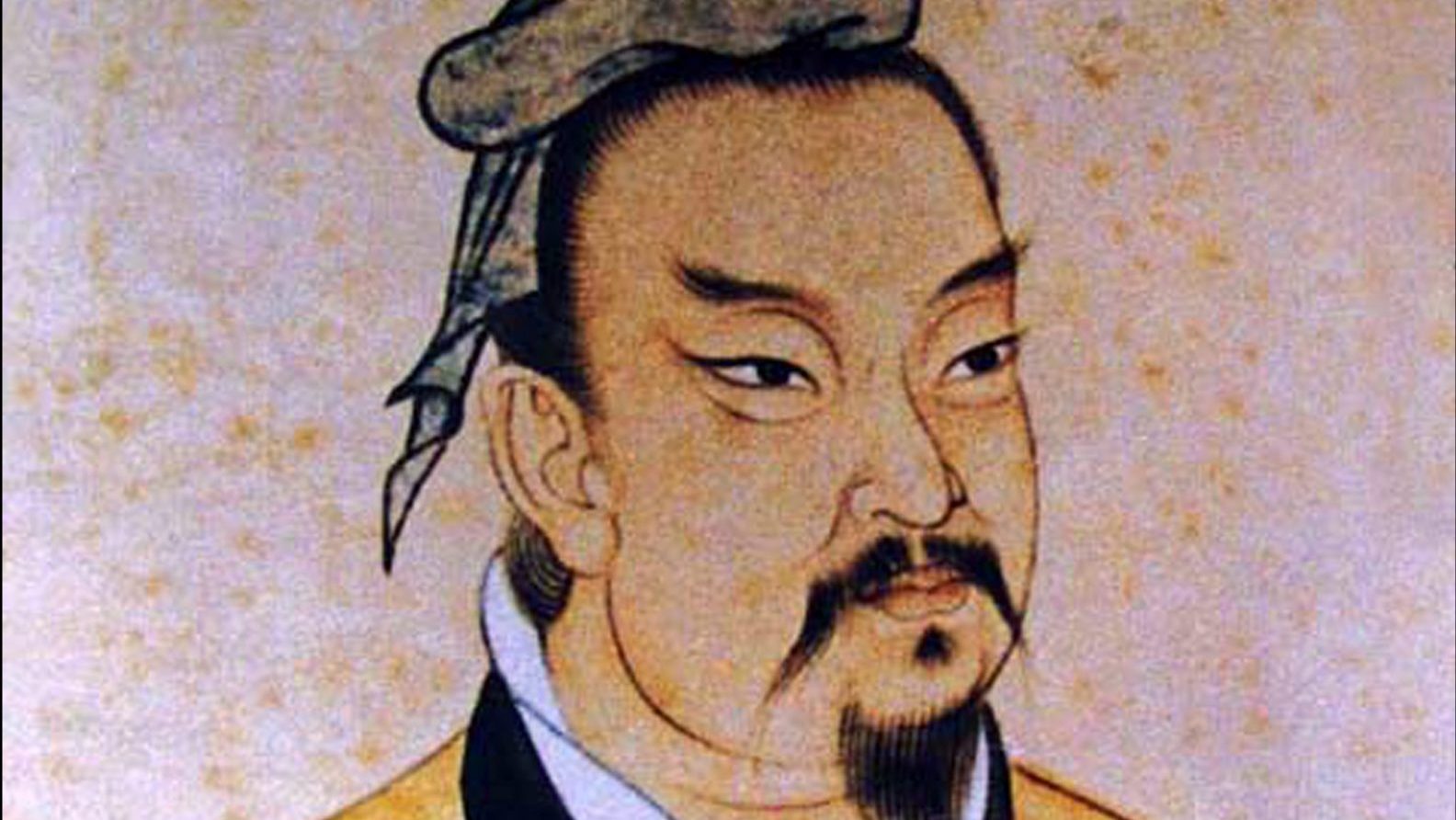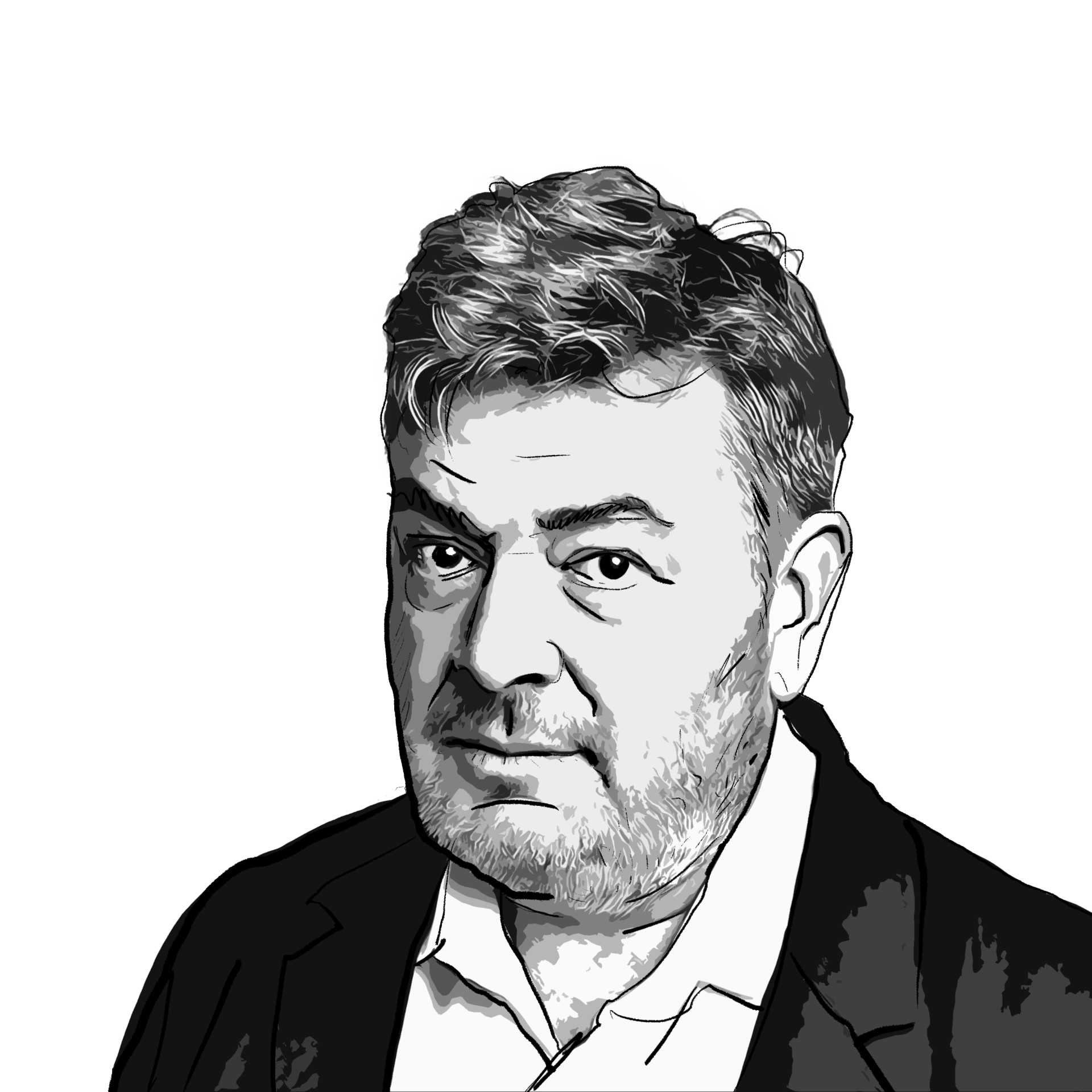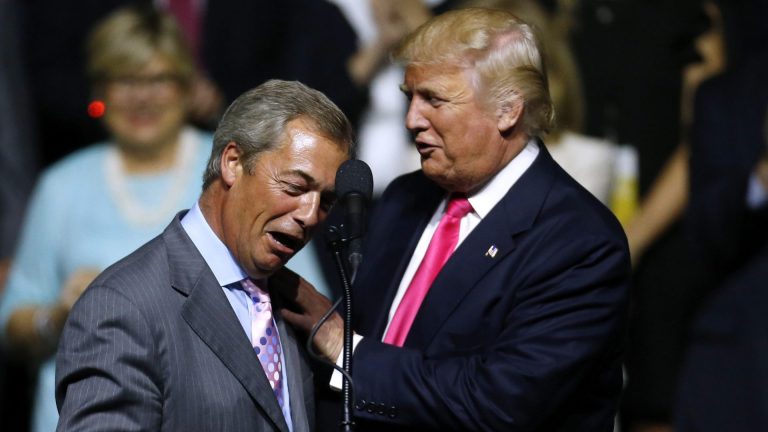“Political warfare has returned,” declared General Sir Nick Carter, Britain’s chief of defence staff, during a lecture in 2019. Missiles, ammunition, and tanks still matter, he told his military audience, but authoritarian states such as Russia increasingly undermine the West using disinformation, cyber-attacks and agents of influence. And the West has under-rated or misunderstood this threat to its cost.
At the outset of the Cold War, the diplomat George Kennan pointed out that Americans view war “as a sort of sporting contest outside of all political context”, while the Russians grasp “the perpetual rhythm of struggle, in and out of war”. For Russia and Putin, war is the continuation of politics by other means.
In the new Cold War, technology has enhanced the effectiveness of organised deception, so that its incarnations are more sinister and pernicious. Waves of trolls and bots promoting pro-Kremlin hashtags during the Ukraine invasion have been unleashed with a speed and magnitude that was impossible before the internet. But their underlying purpose, as tools of disinformation, remains the same as the Cold War. The historical parallels are chilling.
The favourite author of many KGB officers during the Cold War was not Tolstoy or Dostoevsky. Instead, it was the Chinese military strategist, Sun Tzu (544-496 BC). Best known for The Art of War, Sun Tzu argued that the most effective way to win a war was not on the battlefield but through influence operations and psychological tactics. “All warfare is deception,” he wrote. “Hence, when able to attack, we must seem unable. When using our forces, we must seem inactive. When we are near, we must make the enemy believe we are far away. When far away, we must make him believe we are near.”
One of Sun Tzu’s most devoted admirers was a KGB officer called Yuri Bezmenov. Between 1965 and 1970 he worked ostensibly for Novosti press agency but in reality was an intelligence officer based in a secret unit called Political Publications. Bezmenov placed fake stories in foreign countries in order “to change the perception of reality of every American”, as he recalled.
The Cold War was fought through the hearts and minds of the combatants and Bezmenov’s task was to distort reality to such an extent that no-one could reach sensible conclusions to defend their country. For the committed KGB officer, Sun Tzu was his operational mentor.
“The highest art of warfare is not to fight at all but to subvert anything of value in your enemy’s country,” recalled Bezmenov. “These include moral and cultural traditions, religion and respect for leaders and authority. And so anything that puts white against black, old against young, the rich against poor works. As long as it disturbs their society and cuts the moral fibre of their nation, that’s good. And when everything in this country is subverted, disorientated, confused, demoralised and destabilised, then the crisis will come.”
For the KGB disinformation was a primary weapon in their armoury. Its purpose was to create chaos and fear in which nobody could be trusted. In The War of Nerves, Martin Sixsmith, a former BBC correspondent in Moscow, argues: “The aim of Soviet disinformation in the Cold War was to undermine the confidence of people in the West in the open nature of their ‘free’ society and in the probity of the men who ran it. Moscow sought out the potential weak points in a nation’s psyche, applying pressure, hoping to speed its degradation.
“The impact of fake news on the human mind is profound. The mind creates mental maps and finds it hard to redraw them once they are settled. Accepting the unreliability of a ‘fact’ on which others have subsequently been built throws the mind into intolerable doubt. Perversely, the more unlikely an assimilated ‘fact’ might seem, the harder it is to dislodge.”
For KGB officers, the deployment of disinformation was a top priority against the US, UK and NATO. “Only about 25 per cent of our time, money and manpower was spent on espionage,” recalled Bezmenov. “The other 75 per cent was a slow process focusing on what we called ideological subversion or active measures.”
This was confirmed by Ladislav Bittman, a former Czech intelligence officer who worked closely with the KGB. He said that every KGB officer was required to spend most of their time conjuring up ideas for “deliberately distorted information” which was secretly “leaked through a variety of channels in order to deceive and manipulate.”
The sponsorship of strategic deception can be traced back to Lenin who advocated underhand tactics by “various strategies, artifices (tricks), illegal methods, evasions and subterfuges.” In a memo to a Commissar, he wrote: “To tell the truth is a petty bourgeois habit whereas for us to lie is justified by our objectives.”
In 1947 a new disinformation unit was set up “to unmask the anti-Soviet activity of foreign circles, influence the public opinion of other countries and compromise anti-Soviet officials and public figures of foreign governments.” Its aim was to create “a carefully constructed false message leaked to an opponent’s communication system to deceive the decision-making elite or the public”, according to Ladislav Bittman. To succeed, “every disinformation message must at least partially correspond to reality or generally accepted views because without a considerable degree of plausible, verifiable information, it is difficult to gain the victim’s confidence.”
The KGB believed the dissemination of disinformation would significantly alter the balance of power between the Soviet bloc and NATO. The priority was to discredit and destroy American institutions and to create rifts with its NATO allies. Practically every evil and misdeed in the world was attributed to the Americans: the CIA was accused of assassinating President Kennedy, attempting to murder Pope John Paul II and when the UN secretary-general Dag Hammarskjold died in a plane crash, the KGB fuelled rumours that American spies orchestrated the accident.
By the 1960s the dissemination of fake news focused on the under-developed, and newly independent nations. As Sixsmith argues: “Weak, disenfranchised individuals, or indeed nations, appear to be more likely to turn to conspiracy theories. It is comforting to be able to ascribe the troubles in their lives and the lack of control they have over their fate to a single outside factor that is not their responsibility and cannot be overcome by their own effort, relieving the individual of the usually unavailing effort of remedying them.”
Disinformation did not need to persuade people to believe that a conspiracy theory was true – merely to consider it. If there was enough fact to make it plausible, even if it was outlandish, this might be enough to convince them it was possible. Hence a feverish atmosphere could be created whereby the population was willing to believe the worst of its own government. Like a virus, lies spread often untraced, circulating further and faster and gaining traction every time they are repeated.
There were no limits and operatives were encouraged to implement increasingly outlandish plots. In the 1980s, even cynical intelligence veterans were uneasy when the KGB manufactured neo-Nazi propaganda in imitation of crude Western-style language and posted such pro-Nazi leaflets to the disaffected youth in West Germany. The KGB-written leaflets were accepted as authentic and caused outrage in the West, created needless fear and placed people’s lives in danger – all for the sake of trying to embarrass West Germany politically.
By 1985, the KGB’s annual budget for active measures was a staggering $3.63 billion, employing 15,000 people. It was a small army of which Sun Tzu would have been proud. And spreading disinformation was the priority. Hundreds of millions of dollars of KGB cash poured into covert political operations. Some of the funds went to front organisations and subsidies to foreign Communist Parties. But most was given to media outlets staffed by intelligence officers – TASS, Novosti, Pravda, and select foreign newspapers.
The renewal of the nuclear arms race was high up on the KGB target list of active measures. In one year alone the Soviet Union spent $200 million on “special campaigns” against NATO plans to deploy nuclear weapons in western Europe. As negotiations faltered and both sides promoted the instalment of nuclear missiles, the stakes were frighteningly high. But according to former Russian intelligence officer Sergei Tretyakov, the notion of a nuclear winter was a KGB’s disinformation operation. He claimed the KGB deliberately exaggerated the prospect of a nuclear war of mutual destruction to scare the west into reducing its nuclear arsenal, even at the risk of Armageddon.
Today the KGB’s covert active measures are being deployed in Putin’s war in Ukraine. But the role of Russia’s intelligence agencies, operating as a clandestine branch of government, shines a light not just on its foreign policy. The nature of these operations also reveals the way in which Russia’s political elite regards itself and its role in the world. The FSB operates like a private army for Putin as a means for preserving his power, but it is characterised by brutality and deception. The legacy of the KGB lives on.
Mark Hollingsworth is the author of Agents of Influence – How the KGB Subverted Western Democracies, published by Oneworld











